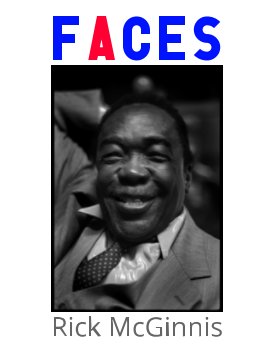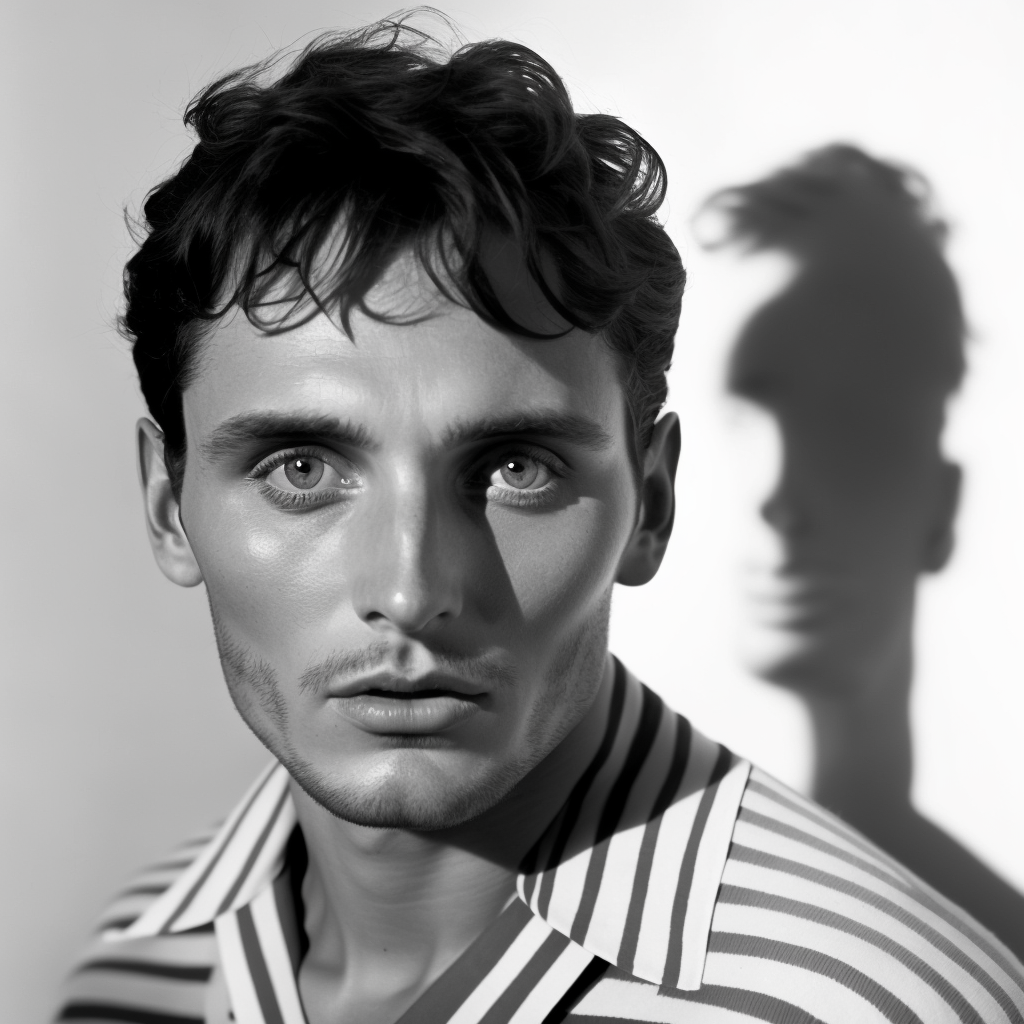
THE PHOTO ABOVE IS A PORTRAIT OF TERENCE STAMP TAKEN BY DAVID BAILEY IN LONDON IN 1966. That’s actually a lie, and anyone who knows anything about Stamp or Bailey would know that. This is an image I created in Midjourney, an artificial intelligence application that produces images – one of a few AI software apps that have been getting a lot of attention in the last year.
When I noticed AI-generated work appearing in my social media feed recently, I thought it was time to experiment with what they have suddenly become able to produce, based on extensive mining or “scraping” of the internet for source material. I’ve been obsessed with London in the ’60s through the eyes of photographers like Bailey, Brian Duffy, Terence Davies, John Cowan, David Montgomery and Eric Swayne, so I used that as my starting point, assuming that this was a time and place whose look had been documented extensively enough for the AI to produce results that might be worth looking at.
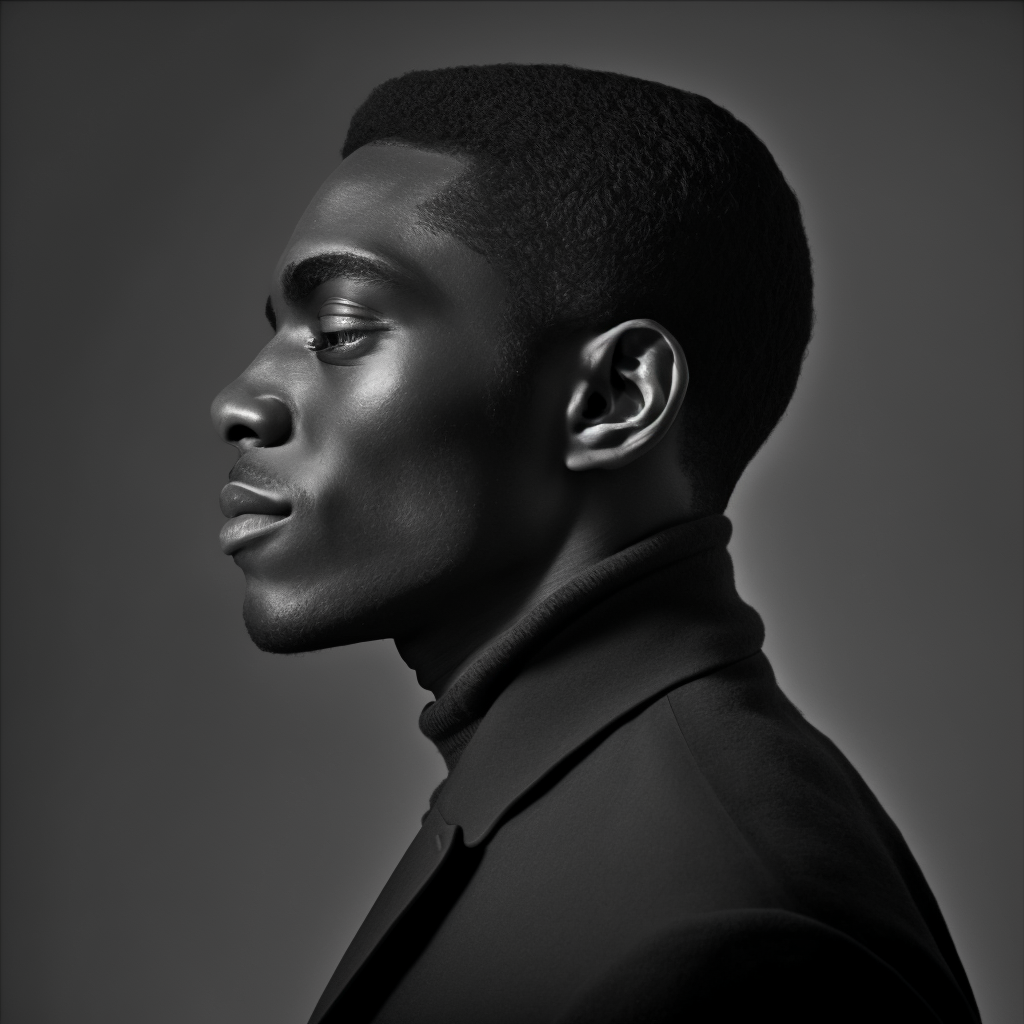
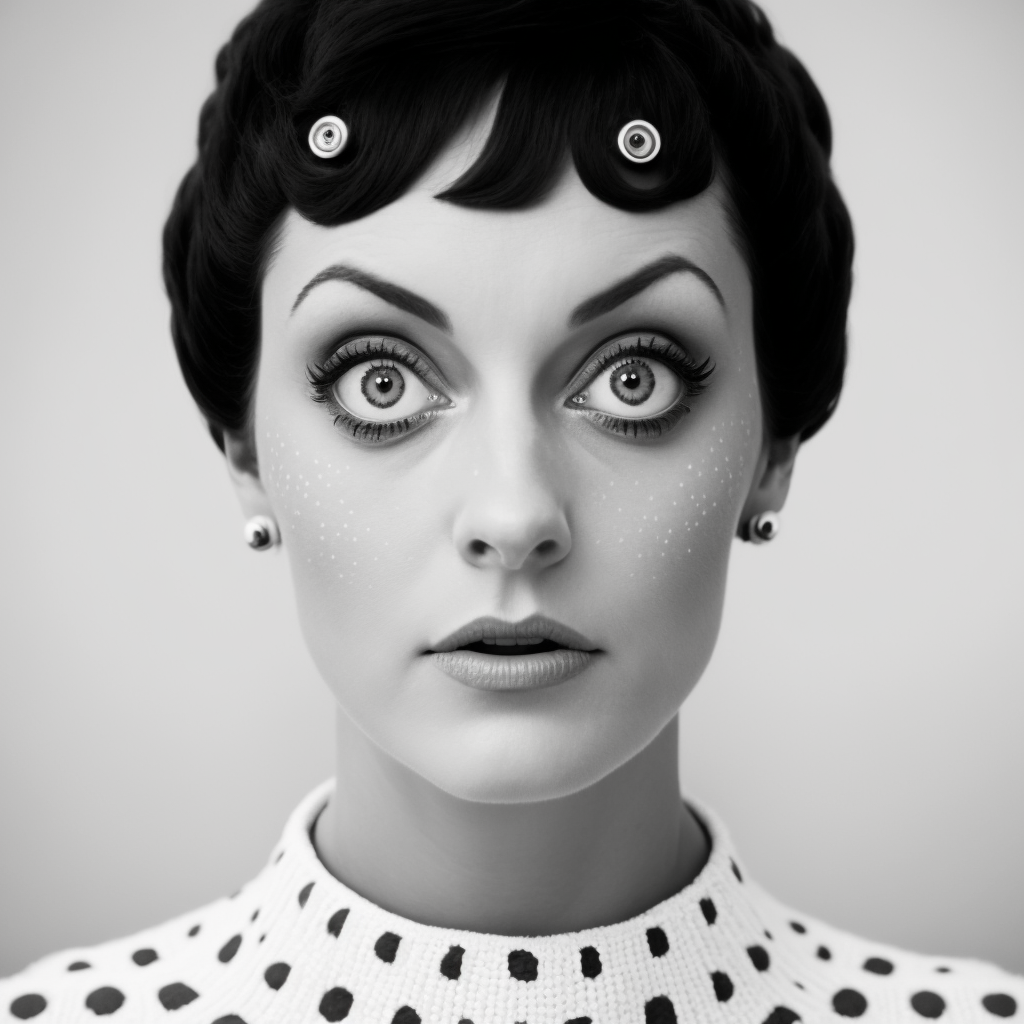
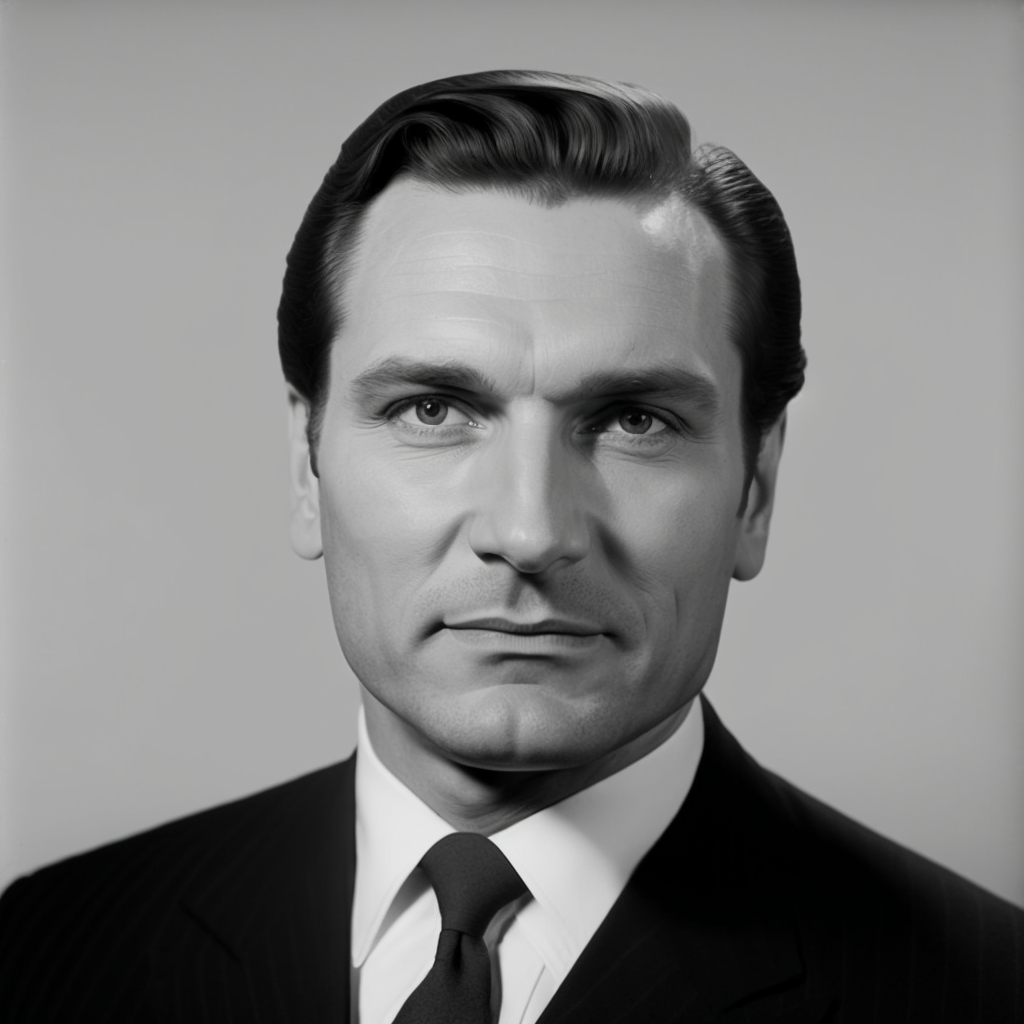
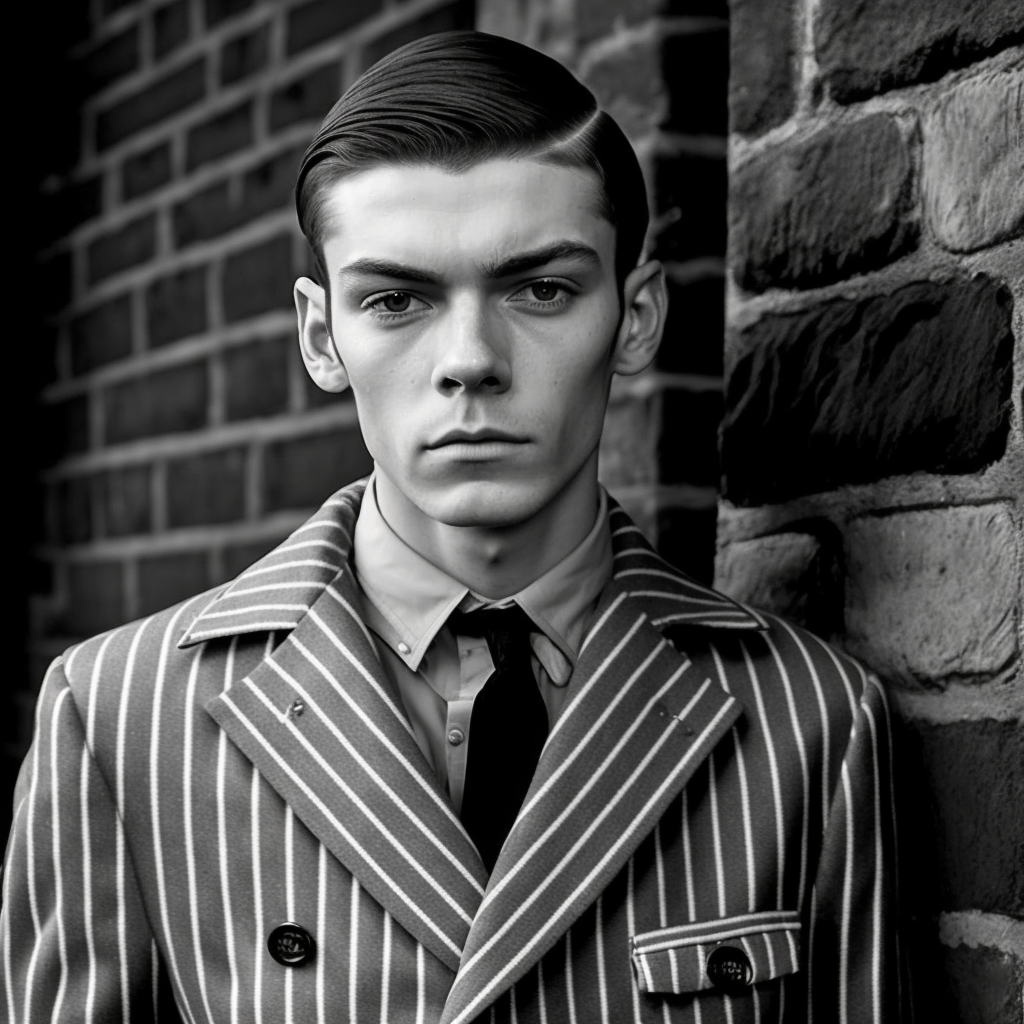
The results were…interesting. As anyone who’s played with AI image generation can tell you, the biggest flaw with AI art is how the flaws produced by the program become more obvious the longer you look at the images, unlike almost all actual photography. That isn’t to say I want to dismiss the potential of AI like Midjourney, which are still in their relative infancy and learning with every prompt fed into them.
I was inspired to write a (quite long) essay about my AI photography experience for my Substack site, where you can read things like this:
Authorship is probably the biggest potential problem with AI art, and most creators are already taking to the barricades in anticipation of every new instance of AI mimicry turning into actual theft. Stock agencies will be the first hit by AI as it provides generic images to order on its way to creating better and better depictions of real people and things. Getty Images has banned imagery created with AI, citing “open questions with respect to the copyright of outputs from these models.”
– from “Obsolete: A photographer wonders if he’ll be replaced by a machine”
But competitors like Adobe Stock and Shutterstock have been willing to make deals about creating and submitting AI imagery, wisely assuming that it’s better to begin dealing with the growing hive mind while it’s still in its infancy and before the public has begun blithely accepting AI-created work amidst the overwhelming cascade of images they take in every day.
…and see a few more of my AI image generating experiments. Just click here to go to the essay, and make sure you like and subscribe, as they say on YouTube.
